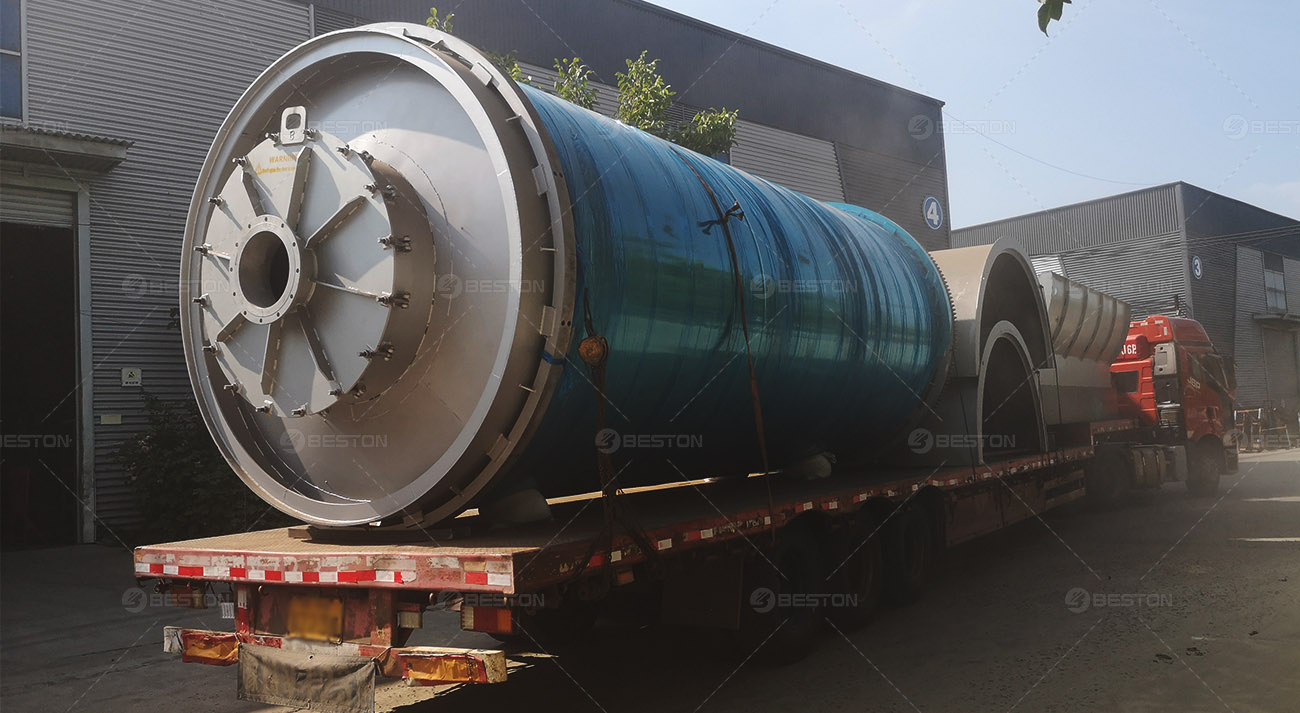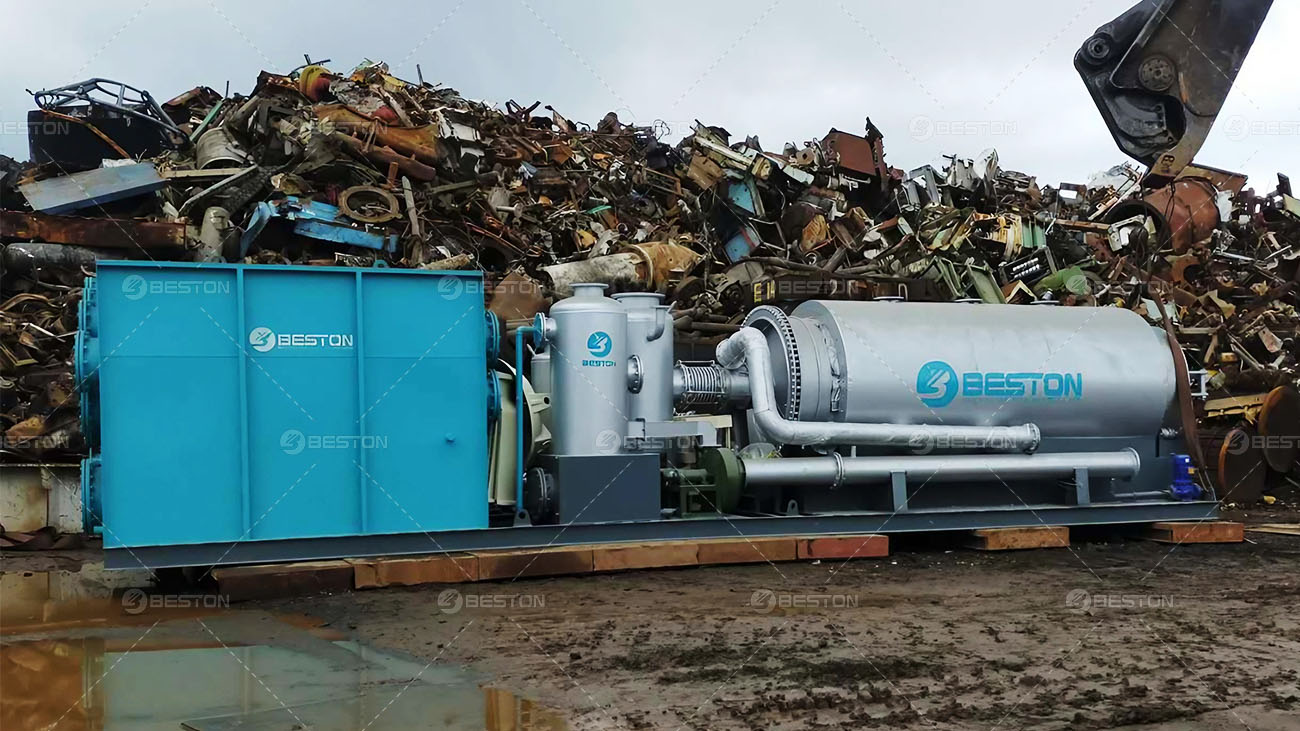In the quest for sustainable waste management, the juxtaposition of incineration and plastic pyrolysis plant technologies emerges as a pivotal discourse. Both methodologies grapple with the ever-growing menace of plastic pollution, yet they traverse distinct paths in their approach and environmental impact.
Incineration: A Swift Combustion Ballet
Incineration, the age-old juggernaut in waste disposal, involves the high-temperature combustion of plastic waste. This method reduces plastics to ash and gaseous byproducts, aiming to mitigate landfill dependency. The efficiency of incineration lies in its rapidity—a combustion ballet that turns polymers into ephemeral embers.
On the flip side, the expeditious nature of incineration carries inherent drawbacks. The process generates copious amounts of greenhouse gases, contributing to the ominous shroud of climate change. The ash residue, though diminished in volume, often harbors toxic substances, posing a conundrum for proper disposal. If you would like a cleaner solution for recycling waste plastics, please contact Beston Group Ltd.
The Renaissance of Pyrolysis: A Sublime Metamorphosis
In the realm of waste plastic treatment, plastic pyrolysis plants emerge as a beacon of innovation. Pyrolysis orchestrates a sublime metamorphosis, steering clear of combustion’s tempestuous flames. This process involves subjecting plastic to elevated temperatures in the absence of oxygen, inducing a molecular metamorphosis that yields valuable byproducts.
The distinct advantage of plastic pyrolysis plants lies in their capacity to produce valuable outputs such as bio-oil, gas, and char. Bio-oil, a liquid treasure trove, finds applications in biofuels and various industrial processes. Gas, a gaseous bouquet of hydrocarbons, can be harnessed for energy production. Char, the residual carbonaceous residue, serves as a potential carbon sink or raw material for diverse industries.
Environmental Symphony: A Comparative Analysis
Emissions Footprint
Incineration’s staccato rhythm of combustion begets a discordant emissions footprint. The release of carbon dioxide, dioxins, and other pollutants into the atmosphere orchestrates an environmental cacophony. Conversely, pyrolysis machine performs a more harmonious environmental symphony. By operating in an oxygen-deprived environment, it curtails the formation of noxious emissions, presenting a cleaner, albeit not completely virtuous, option.
Energy Efficiency
Incineration, despite its environmental discord, champions energy efficiency. The generated heat can be harnessed to produce electricity, rendering it a dual-purpose endeavor. On the other hand, plastic pyrolysis plants exhibit a lower energy yield due to the absence of combustion. However, the emphasis shifts towards the creation of valuable byproducts, heralding a more resourceful approach.
Residue Resonance
The residual notes of waste treatment methods echo in the form of residues. Incineration leaves behind ash laden with potentially hazardous materials. In contrast, plastic pyrolysis residue, the char, stands as a potential asset, awaiting reincarnation in various industrial processes or as a carbon sink.

The Nexus of Economics and Ecology
While the environmental narrative is pivotal, the economic dimension is equally compelling. Incineration, with its established infrastructure, presents a familiar and economically viable solution. However, the economic allure of plastic pyrolysis plants lies in their potential to create a closed-loop system, transforming waste into valuable commodities. In addition, the pyrolysis plant cost is also worth considering.
Conclusion: A Symphony of Choices
In the realm of waste plastic treatment, the symphony of choices between incineration and plastic pyrolysis resonates with environmental, economic, and efficiency notes. Incineration, a rapid combustion ballet, contrasts with the slower yet transformative cadence of pyrolysis. The verdict rests not on a singular crescendo but on a holistic orchestration of considerations—balancing environmental impact, economic viability, and resourcefulness.
In this evolving concerto of waste management, the melody of sustainability must guide our choices. The plastic problem demands a nuanced response, where the discordant notes of pollution find resolution in the harmonious rhythm of innovative solutions like plastic pyrolysis plants.